Welcome to the final installment in a multi-series of articles looking at the fortunes of The Boston Red Sox under the ownership of New England Sports Ventures since their purchase of the baseball side in 2001.
The first looked at results under NESV’s nine-year ownership reign. The second part drew parallels between the acquisition of two teams facing similar undersized stadium problems. The last was supposed to look at the books. It’s important, as we’ve learned, to look at the very least a cursory look at the accounts.
Many thanks to Red and White Kop‘s, El Campeador for this series.
THERE are striking similarities in the takeovers of both assets, with a couple of twists. The Liverpool that Gillet first tried to buy in 2006 and the Boston Red Sox that Henry, Werner and the rest of the New England Sports Ventures power brokers had bought in 2002 were similar enough for us to wonder what might have been had Rick Parry and David Moores gotten the sale resoundingly right instead of thumpingly wrong.
Both were floundering under indecisive ownership: Liverpool were owned by David Moores – a stagnant owner who had neither the appetite for risk nor the capital to push a historic team to the next level, and wanted to cash out. The Sox had been owned by Tom Yawkey from the 1930s until his death in the late 70s, his widow thereafter until the early 90s, and the Yawkey trust managed by John Harrington to 2002 – basically, also an aimless existence. Both were in need of investment. Both were trailing only a handful of other teams in revenue. Both recognized growing gaps. Both had strong support manifested in fans who “got it”, but also “wanted it”. Both had championship monkeys on their back. Both had powerful and hated rivals dominating the league with more money.
To be sure, there were differences. The sport is different, for one: the concepts of revenue sharing and relegation have never before been mentioned in the same sentence. The Red Sox cost twice as much as Liverpool did. And baseball has one ultimate prize: the World Series, while I’d rather have Big Ears every fucking day of the week.
Now both teams had suitors. The franchise got it spectacularly right. The club got it agonizingly wrong.
Takeover
NESV bought the the Red Sox in 2002 for somewhere around $650m, or about £450m at 2002 exchange rates. They came organized, fronted by John Henry‘s business acumen, Tom Werner‘s television connections and billions, and Larry Lucchino’s expertise in baseball management and sports law. They settled in quickly, hired Theo Epstein and focused immediately on improving baseball results on the diamond. In their second year, the Sox came within a whisker of toppling the Yankees. In their third, they won the whole thing for the first time since 1918. Three years later, they won it again. They kept the stadium, and used their commercial acumen to stuff the coffers while putting the fans first. Their acquisition occurred at the right time; they rode the mother of all bull markets to financial success. Nine years later, they’re still here.
The NESV takeover of the Boston Red Sox had substance behind it, began at a good entry point, with sufficient capital to service whatever debt they may take on, contained a wider range of skills, and was successful for a price more than twice what Hicks and Gillett failed at managing. It wasn’t simply predicated on bothering banks. The results should have been predictable in both cases. NESV has been in charge of the Red Sox for nine years. At no time did it ever feel like they were desperately looking for the fire escape. In the years that they’ve been here, the Red Sox have set a record for consecutive sellouts stretching over 600 games, if I’m not mistaken.
Comparison with Gillett & Hicks
Gilett came to Liverpool by himself 5 years later as the economy was showing signs of wobbling. He was at first snubbed because he couldn’t come up with less than half of what the Henry and Werner cartel had casually raised a half decade earlier. That in and of itself should have been a warning. George re-loaded and returned with Tom Hicks to sweeten David Moores’ pot to the point where the future of the club became secondary to an unbelievable profit for an owner looking to retire. Noone asked where the money was coming from. Phrases like “re-engineering the balance sheet” seemed simultaneously impressive and confusing enough to silence conversation. They did however bring precious little to the table compared with the Henry group acquiring the Sox – no management team behind them outside of their “fuckface” offspring, little capital of their own, unimpressive sport management expertise, no clear vision, and, most worryingly, little aversion to risk. Their most public commitment, the stadium, was vague. A stadium takes vision and patience, neither of which either of them possessed. They were cowboys.
We now know where the Ample Be Breasted Yank Bank Botherers went wrong. The entire business plan centred around bothering banks, always searching for an exit, with little patience. The poker analogy may be raising big with a weak hand against many players from early position, missing the flop, and then chasing cards, all the while using empty threats manifesting themselves in pushing lots of chips to scare away opposition. Musical debt, if you will. That’s not a viable business plan, especially when the only thing that can fuck you, the mother of all credit crunches, rears its expected head.
Within a year of taking over, the Hicks regime had plastered £100m of debt on the club. In and of itself, debt is not a bad thing; manageable levels of long term debt at low cost can serve to acquire assets and thereby increase sales. But interest expense must be managed and kept to within safe levels when measured against turnover and net profit. That Hicks and Gillett let that expense get away from them serves to admonish their lack of business acumen, and reinforce the notion that they were only looking to flip an asset, like a real estate speculator who buys high hoping to sell higher. It was only going to end one way.
It’s now time to ask ourselves once again what kind of owners we want.
After the first two parts, I didn’t know how to approach the third. A banker friend of mine and myself ripped up this town on Friday night. We started in the downtown area, and ended up there. In between, we circled Fenway Park, he just concentred on being a good drunk, while I thought of this third installment, at Basho, and then at Eastern Standard, both good watering holes before baseball games. What I realized I wanted to tell you all is this.
There are those amongst us who focus on the differences between football and baseball management, who suggest that steering a $270m baseball business in America has too many differences with managing a £177m in the UK. Some have suggested that you need an Arab with stupid money to take on an Arab with stupid money, even after watching the folly of Yanks with leveraged money take on Yanks with leveraged money. Others are scared stiff of being dragged kicking and screaming into the commercial age, but still expect to win trophies like Barca while marketing like Bournemouth.
To be sure, there will be changes. Ticket prices will rise, but they’re too smart to price out the locals. Commercialism will increase, but that’s a queasy feature of the times we live in. If you yearn instant success, you may get it, but you’re probably better off supporting City. If it’s the pure old days you want, there’s always Tranmere. But if it’s the perch you want, I’m not sure we can do better than these guys.
It is not the differences between the Boston Red Sox and Liverpool Football Club that we should concentrate on, but the similarities. And while I myself am feeling the weight of responsibility of yet another American intrusion into the red half of Merseyside, this one feels different. This one feels like an alliance. This one feels right. They done right by us, lads. I have to hold my hand up and give credit where it’s due. We should hold them accountable, for sure. Somehow, though, I feel that having a group of powerful men who specialize in taking Red teams from thereabouts to the summit, who have experience in both building stadiums and renovating them, who have a track record of business acumen backed by billions, and who dare – dare – fuck with my emotions by joining the Red Sox with Liverpool – deserve my endorsement.
I welcome our new American overlords. So should you.
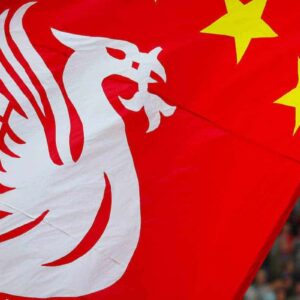



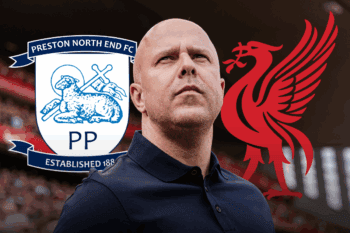



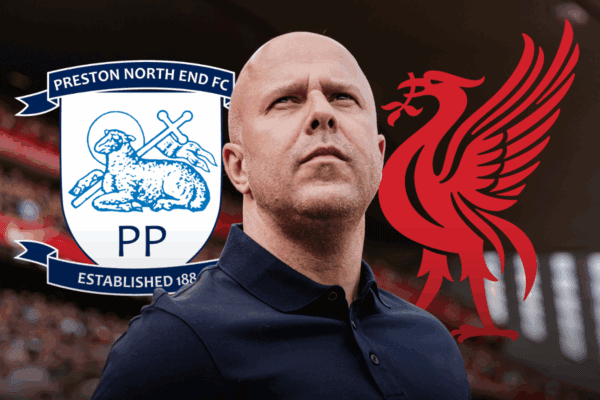

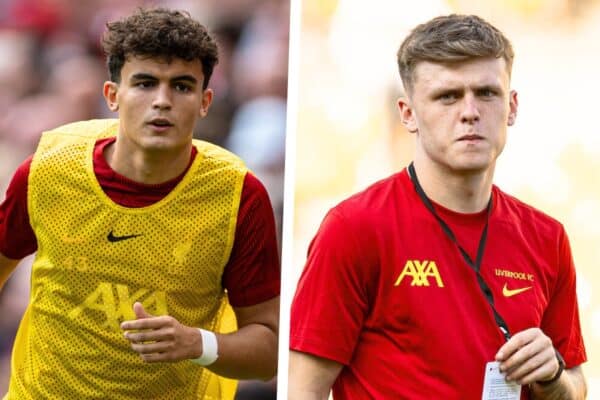


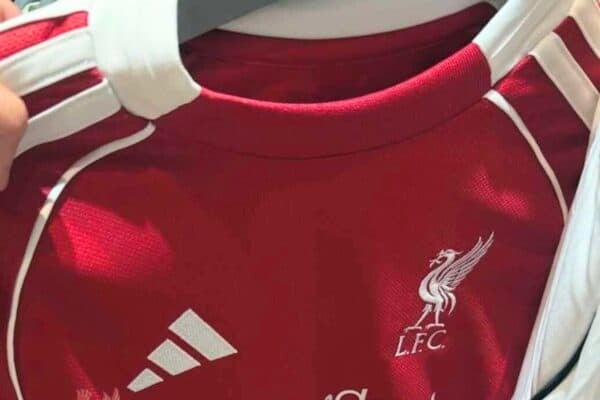
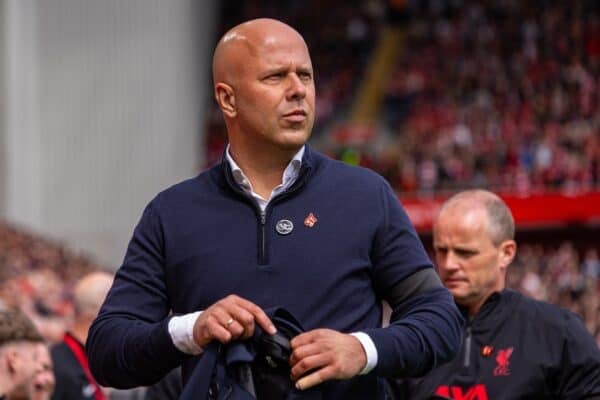
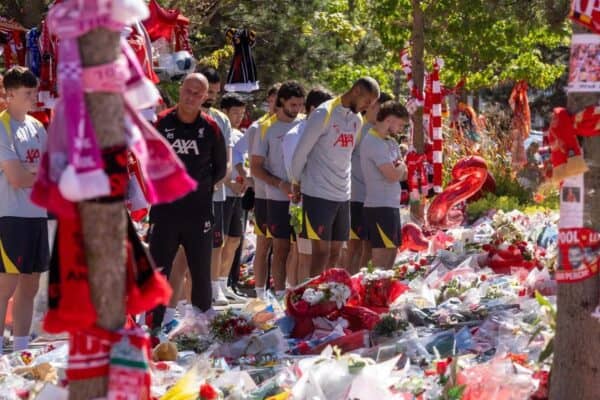





Fan Comments